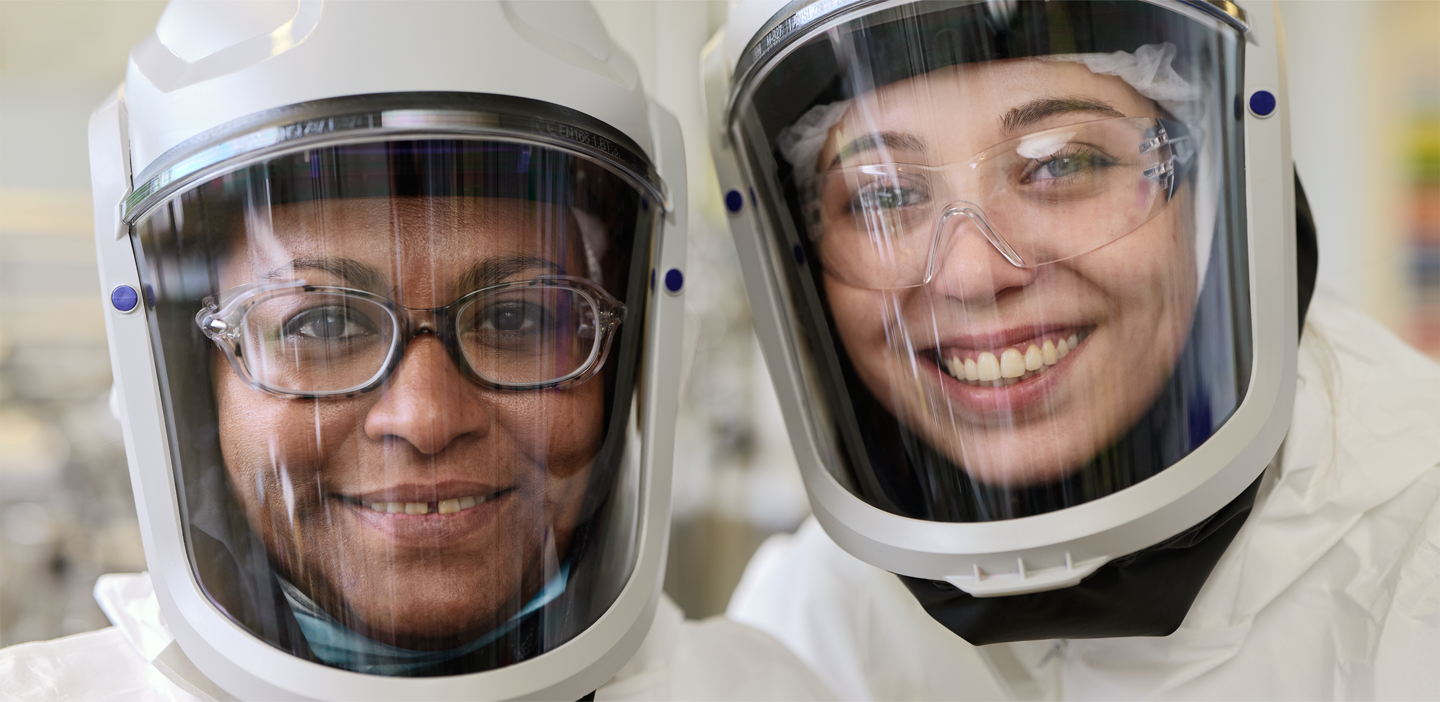Accurate sequence information is essential to the design of the primers and probes that are critical to the success of polymerase chain reaction (PCR) assays and Real-Time PCR. The continuing genetic evolution and diversity of infectious diseases and emerging pathogens are therefore a significant challenge for PCR assays. In fact, monitoring and responding to sequence changes is essential for companies that produce effective assays. It should be no surprise that Roche Molecular Diagnostics, a pioneer in PCR technology, is also a global leader in monitoring these sequence changes.
Global surveillance program
In 1998, at the International AIDS Conference in Geneva, Roche inaugurated the Global Surveillance Program. Initially designed solely to monitor changes in the HIV-1 genomic sequence, the program and its database have since expanded to cover the pathogen targets of many Roche diagnostic assays and also to include bioinformatics pipelines to assess predicted impact of sequence variation on assay performance. Models are built and tested in wet lab experiments to determine parameters critical to assay design in the Roche mastermix. This has resulted in a better understanding of assay tolerance of variants and led to more robust designs.
The Program’s efforts and many achievements have played a monumental role in helping to maintain, and improve, the reliability of molecular assays. Innumerable researchers, physicians and patients around the world have benefited as a result.
The Global Surveillance Program is not alone in its mission. Instead, the program has leveraged Roche’s extensive resources and those of other entities in fruitful, synergistic collaborations. For example, the Global Surveillance Program regularly accesses important public databases based both in the United States and in other countries. These include, but are not limited to, those of the Los Alamos National Laboratory and the National Institute of Health’s GenBank database along with Global Initiative on Sharing All Influenza Data (GISAID).1 In addition, collaborations with researchers worldwide to understand performance of approved tests in commercially operating facilities further enhances Roche’s understanding to optimize and improve our bioinformatics tools using data generated in the field.
The sequences obtained, due to the efforts of the Global Surveillance Program, are carefully preserved and archived through a rigorous process.1
- The sequences are analyzed to determine genotype, strain and/or subtype.
- Variants in circulation are identified.
- The sequences are aligned to assay primer and probe sequences. Differences are noted and enumerated. Roche-developed Bioinformatics tools are used to predict the performance of diagnostic assays based on proprietary algorithms calibrated by experimental results from previous samples, panels, or artificial template testing.
- Information from these alignments and predictive tools are used to assess the overall performance of assays as information in sequence databases continues to expand, and aids in the design of future assays.
The result is continuous analysis and improvement, leading ultimately to better diagnostics, better prognostics and better disease management.

Creating standards and strategies for the future
Roche’s Global Surveillance Program is designed to make a positive, lasting impression on the field of molecular diagnostics in many ways. We bring together multiple functionalities and create or incorporate advanced bioinformatic tools in order to better predict the impact of new sequence variants, and improve the ability to detect emerging and impactful variants earlier against the background of rare sequence polymorphisms. Along with our Clinical and Case Investigation partners we are building on ongoing collaborations and continually pursuing new ones, so that we can always broaden Roche’s own database and understanding of the assay-specific effects of sequence variants in conjunction with the information in public databases.
In fact, the Global Surveillance Program is an integral part of Roche Molecular Diagnostics product development at multiple points in the process, including research and development, regulatory submission and post-launch support.
The Global Surveillance Program is a powerful example of Roche’s unique and robust commitment to the researchers, physicians, and patients working to fight disease and maintain health around the world. As the demands of their mission are constantly evolving, so are we. We are committed not only to keep pace, but to lead.
References
- We gratefully acknowledge all data contributors, i.e., the Authors and their Originating laboratories responsible for obtaining the specimens, and their Submitting laboratories for generating the genetic sequence and metadata and sharing via the GISAID Initiative, on which this research is based.
